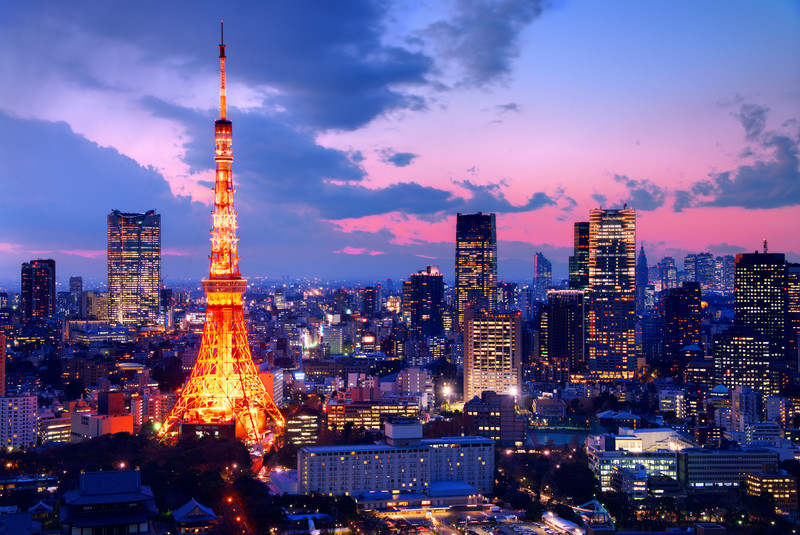Why is Tokyo called Tokyo?

Why is it called Tokyo and what does “Tokyo” mean?
Tokyo Meaning / Etymology
How Tokyo got its name.
Why is Tokyo called Tokyo and what does Tokyo mean In Japanese? The area presently known as Tokyo was called Edo until 1868. The city of Edo thrived during the Edo Era (1603 to 1868) when the country of Japan was ruled by the Tokugawa Shogunate Government. During this period, Japan developed a very unique culture due to the country’s seclusion policy, which included banning Christianity and isolating itself from the rest of the world.
Transfer of power from the Tokugawa Shogunate Government to the Emperor took place in 1867.
The name of the area was changed from Edo to Tokyo in September 1868 because of the Imperial rescript enforced at that time.
Tokyo is written as 東京 in Japanese. 東 means Eastern (East) and 京 means metropolis or capital. Another Chinese character for metropolis or capital is 都. Kyoto is written as 京都.
Therefore, Tokyo has the connotation “a Kyoto in the East.” In this sense, it would be okay to say that the meaning of Tokyo is Eastern capital with the connotation of Kyoto in the east.
Why Edo was renamed Tokyo
How and why Edo changed to Tokyo? Some people regarded Edo as “a Kyoto in the East” even during the Edo Era. However, no one explicitly used the term or characters 東京 (Tokyo) at that time.
The etymology of Tokyo goes back to late 19th century. A political figure named Sentaro Kitajima submitted a petition dated April 4, 1868 to the newly established government that the area should be called Tokyo. Because of Kitajima’s petition, the name Edo was changed to Tokyo.
Why did Edo change to Tokyo? Edo was renamed Tokyo because the emperor followed the suggestion and declared the former Edo to be called Tokyo. However, it can also be said that considering the pride of people of Kyoto they wanted to give new name a nuance that Kyoto’s dignity would remain as it was and Tokyo is “a Kyoto in the east”. Another reason is that changing the name was a good way to dispel the image of the Shogunate, which had been in power until that time.
Tokyo and Kyoto Anagram
Why do Tokyo and Kyoto have the same letters? When you see the spelling of the names of the two cities in English, you will notice that both consist of “To” and “Kyo”. Tokyo Prefecture ( Tokyo Metropolis ) in Japanese is 東京都(Tokyo-to), which means ” Kyoto in the East”. The first “To” in Tokyo-to means “east”. As explained earlier, Tokyo-to has a meaning of Kyoto in the East, this would explain the anagram of Tokyo and Kyoto i.e. why Tokyo and Kyoto have the same letters.
・Sentaro Kitajima, who named Tokyo, died of epidemic cholera about a decade later.
・The Tokugawa Shogunate Government banned Christianity, which had spread since 1543 in Japan. There were some riots against the government under Christianity’s idea of “all men are created equal.” The government perceived this as a threat.
・Japan underwent a number of drastic changes circa 1868 due to the transfer of power from the Shogunate government to the Emperor. The country opened its door to the world again after over 280 years of its seclusion policy.










